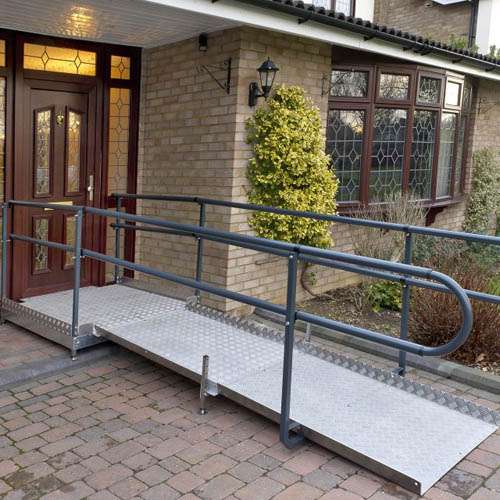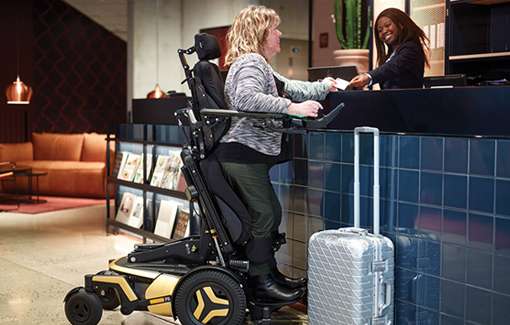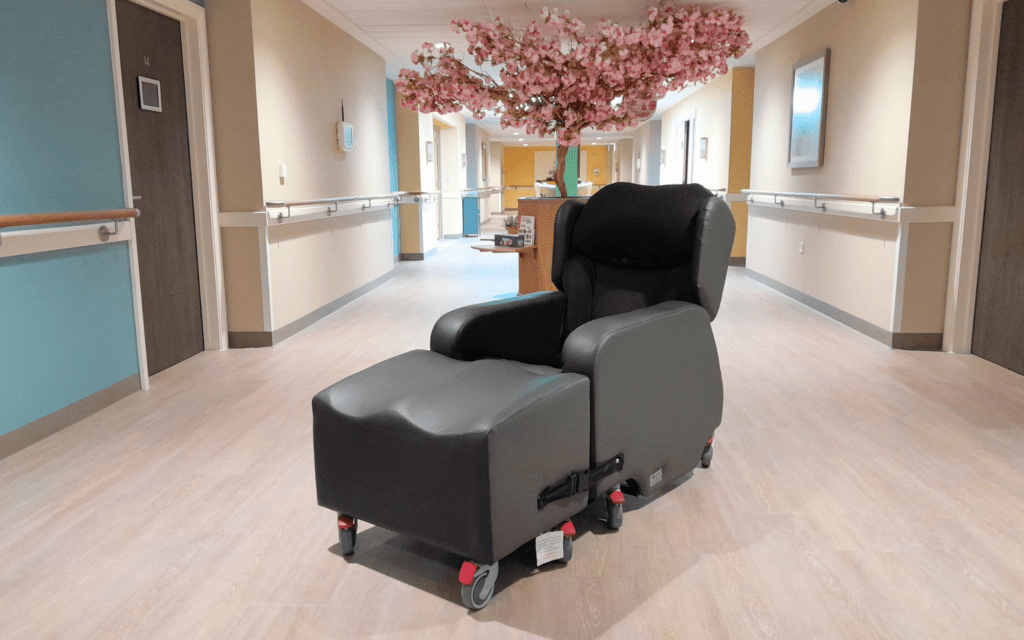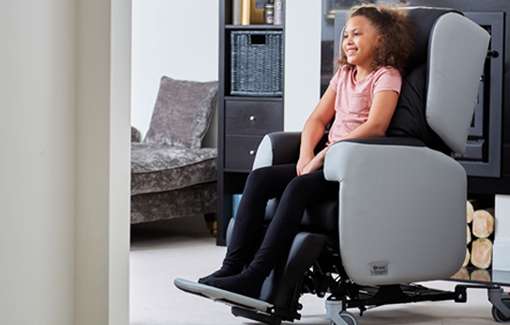Table of contents
What Are Access Ramps?
Access ramps are incredibly useful for people with limited mobility. Wheelchairs and other mobility aids like electric scooters & walkers can make accessibility a challenge with steps and thresholds into buildings posing real barriers.
With many types of access ramps out there, all having their own functions and disadvantages knowing the differences is helpful in finding the ideal ramp type for your situation.
Wheelchairs provide a significant gateway to independence, but wheelchair and mobility scooter accessibility options are not as prevalent as necessary.
These barriers to access can create extra costs and lessen the independence available to anyone with limited mobility.
For these reasons, finding the right mobility ramp for your needs is of paramount importance.
Folding Portable Ramps
The ramp of choice for many on the move, foldable ramps for wheelchairs can hold anywhere from 250-350kg (550-770lbs) and are designed with multiple panels that have hinges between them.
These panels fold up making them ideal for when you are on the move but unsure of accessibility options at your destination.
Folding ramps do not have handrails and because of this, they should only be used for personal use.
Threshold Ramps or Door Wedge Ramps
Threshold or ‘door wedge’ ramps are designed to fill the space between a doorframe or threshold and the ground. An outdoor threshold ramp would be used to provide barrier free access into a building by placing it between the doorframe and ground.
Usually the easiest way to have a portable ramp for home, threshold ramps are wonderfully portable, making them a quick and low-budget option to an all to common problem.
Threshold ramps can’t be permanently placed under a doorframe and must be removed after use.
Suitcase Ramps
Much like a foldable ramp, a suitcase ramp is another type of door ramp that can also be folded away for easy storage but also comes equipped with a handle for easier portability.
It can be placed directly over some small steps, making it perfect for home use. Suitcase ramps do not have handrails and because of that, they should only be for personal use.
Telescoping Access Ramps
A telescoping ramp is another style of portable ramp for wheelchair access. The telescoping ramp is made of two, narrow separate channels that work much like a traditional telescope. The channels can be extended and retracted to fit the desired height.
Each channel is usually several centimetres wide and is placed to line up with the wheels of a wheelchair. Telescoping ramps are not ideal for mobility scooters as the wheels are sometimes not in line with each other.
These types of access ramps are particularly helpful when getting into non-wheelchair accessible vehicles but be wary of headroom for the wheelchair user when inside the vehicle.
They provide a practical way of getting over uneven areas and due to their narrow, super compact design, these types of ramps can be stored in a vehicle’s boot or even under seats.
Telescoping ramps don’t have handrails and are only suitable for personal use because of this.
Modular Ramp
The middle ground between portable and permanent ramps, modular ramps are certainly a more permanent fixture than various types of portable ramps and but as they are not built into an area, they don’t require special building consent to install.
Usually made of multiple aluminium sections so that they can be disassembled if they need to be installed at a different location.
Importantly, because modular ramps are large, semi-permanent structures, they can be constructed with safety features like handrails and kerb rails and are suitable for commercial environments.
Permanent Access Ramp
A very common style of ramp, permanent ramps are usually made from very sturdy and weather-resistant materials such as concrete or wood.
Permanent accessibility ramps can’t be moved or adjusted but is instead built into the site and is set in place. Building this type of ramp is usually the most laborious and will require building permissions to be granted.
This type of ramp is very customisable and can be designed to match the building that it is placed outside. Permanent wheelchair ramps are also usually built with handrails making them ideal from a visual and practical standpoint.
Conclusion
“For people with complex, long term conditions, being able to access the right wheelchair, quickly, and with appropriate support, is of paramount importance.” — NHS England
This is also true for the accessibility ramps needed for entering and exiting buildings and with multiple types of ramps out there, choosing the correct on for your specific situation is also hugely important.
With accessibility crucial to living a full and dignified life, and the proportion wheelchair access ramps increasing at a rate deemed woefully inadequate, mobility ramps are critical tools to providing this.














